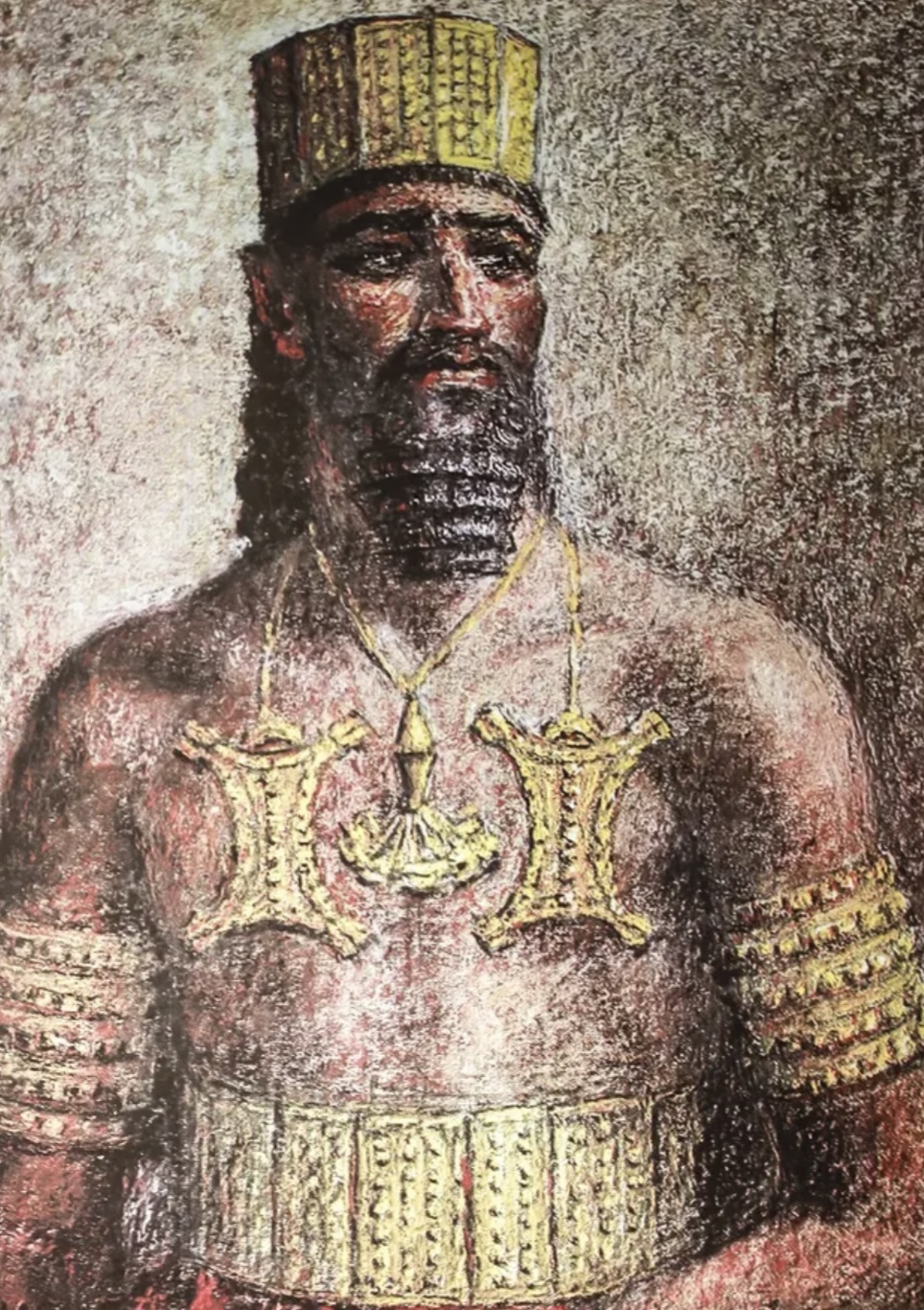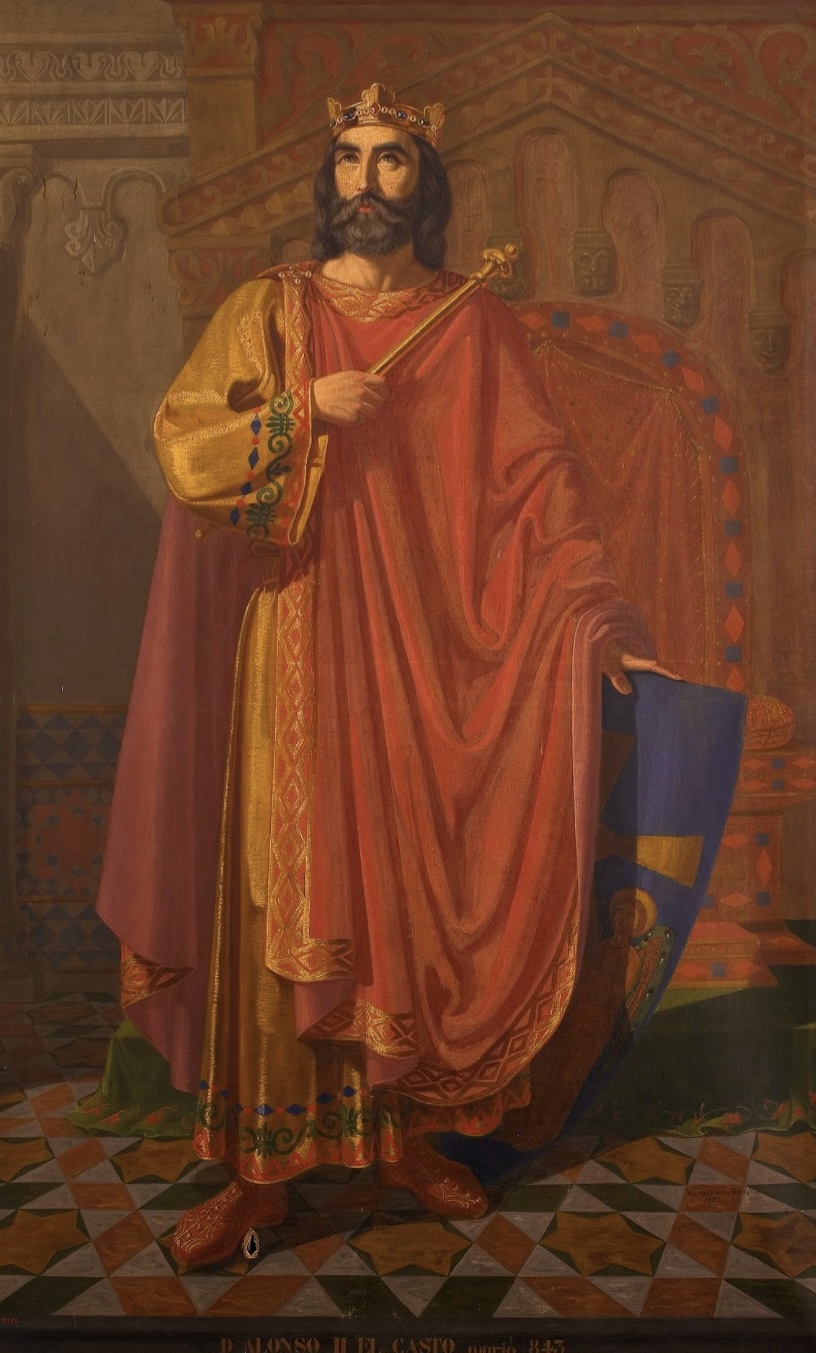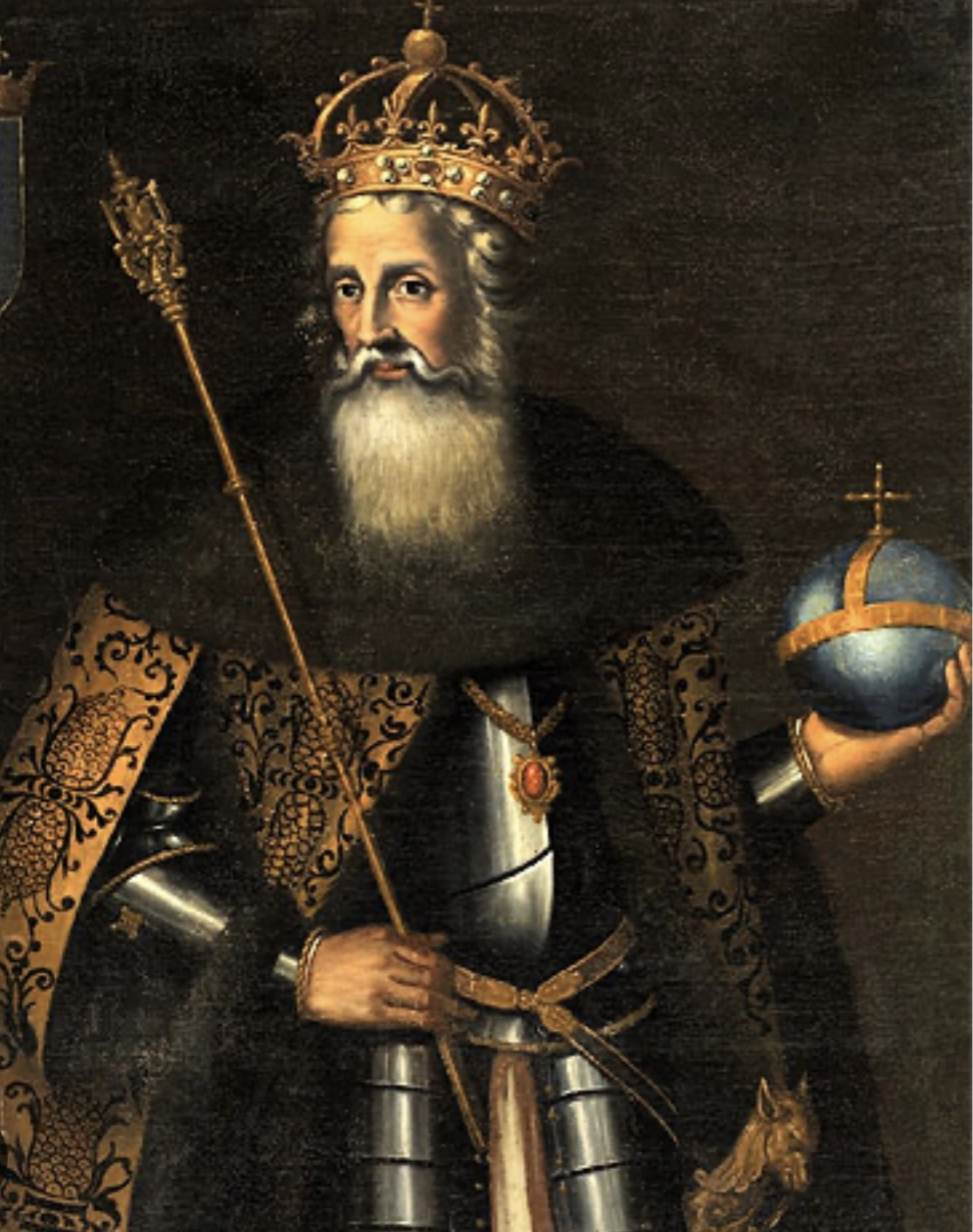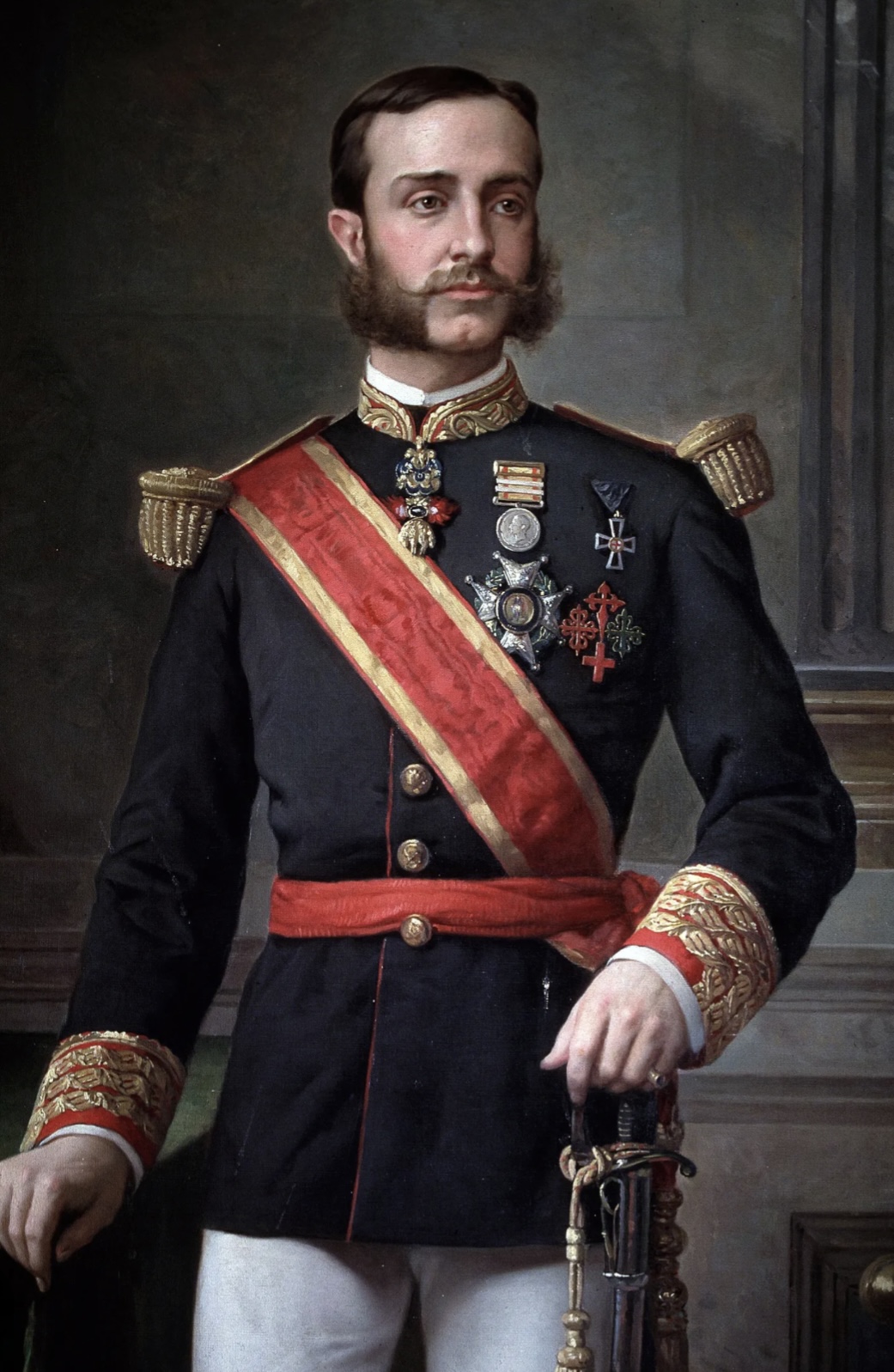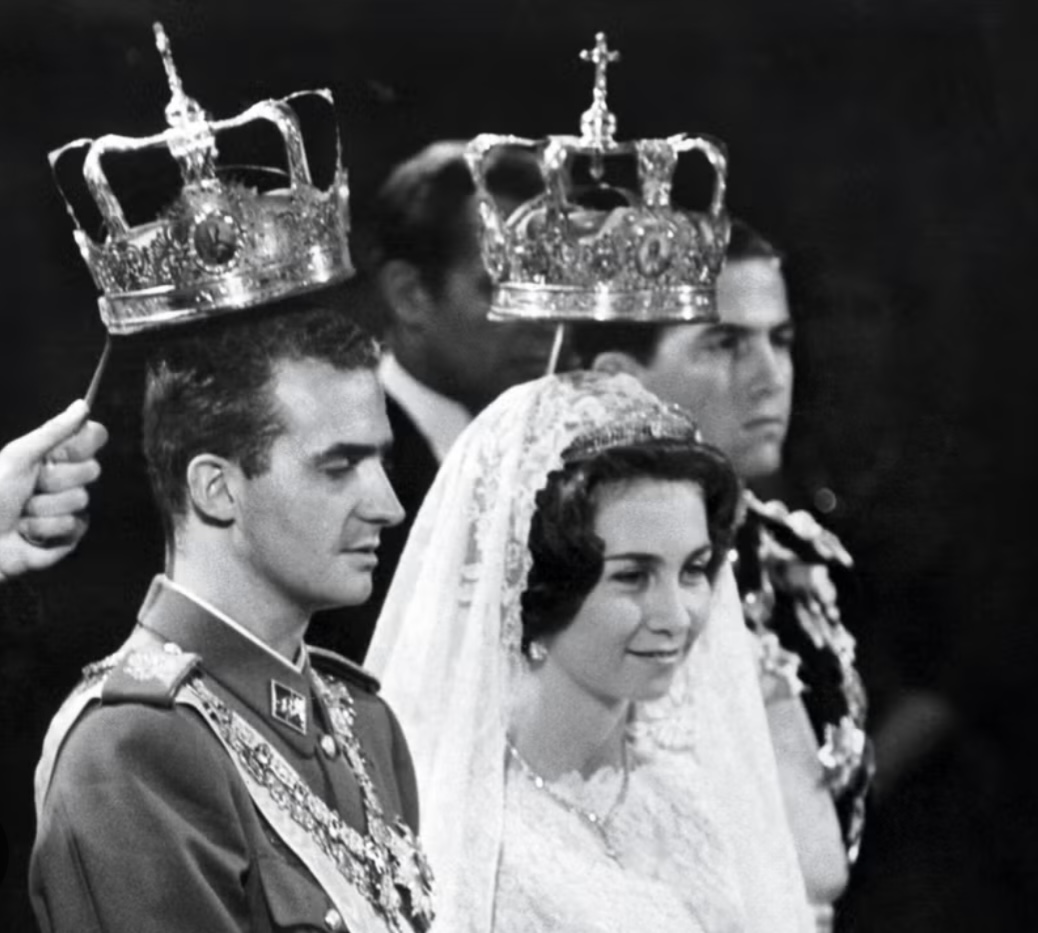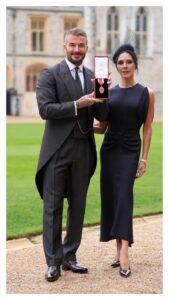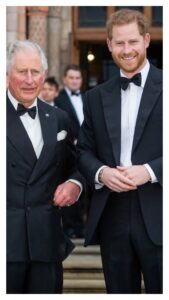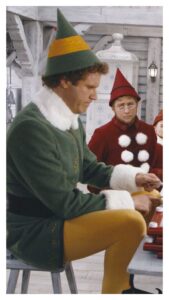From Ancient Kingdoms to Modern Monarchy: The Evolution of Spain’s Royal Governance
The Monarchy has historically been a dominant form of governance in Spain and its neighboring regions, serving as a critical institution wielding significant political authority. As such, the political narrative of Spain, akin to that of other European nations, is closely intertwined with its royal lineage and the reigns of its monarchs.

From Ancient Kingdoms to Modern Monarchy

